In this series we interview amateur photographers just like us, who inspire us and who share our passion for photographing with manual lenses.
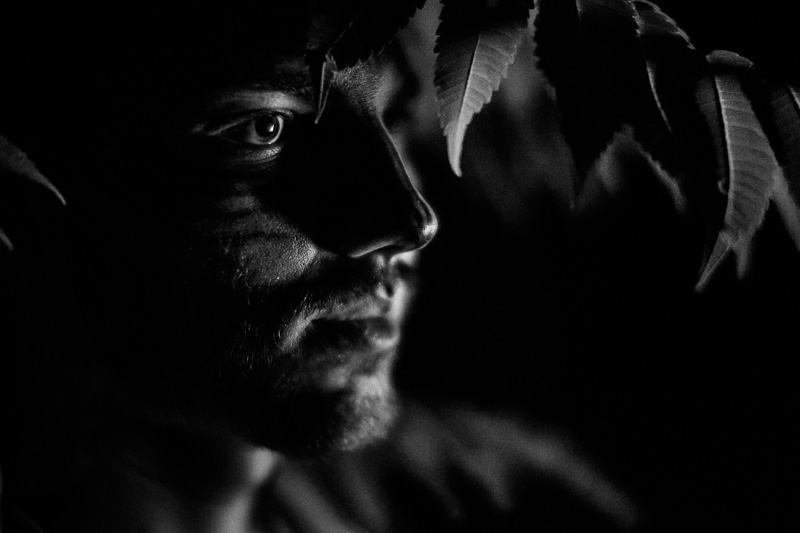
Hi Dan,
can you tell us a little bit about yourself and how you came to use manual lenses?
D: I’m studying mechanical engineering at the RWTH Aachen. Besides my studies and my work as mechanical designer at a young high tech kickoff of the Fraunhofer ILT Aachen I take photos and make music.
I started with photography about 7 years ago. At this time I owned a Lumix FZ18 – a bridge cam. I was really annoyed by it after some time, it felt like the cam made the photos and not me. There was nothing left for me to do except framing, the auto focus just had its own will and the super zoom made it too easy. To take control of the image I used a lot of Photoshop.
At some point this did not satisfy me anymore. I wanted to create an image, to make the camera do what I wanted it to do. So about 5 years ago I bought a NEX 5N with the 18-55 kit lens. While this combination was no real change to my FZ18, I could also use some old FDs from my dad.
Using the Nex-5n with the old FDs was what I had wanted all along. No more pumping auto focus and no more miss focused images.
I started testing and collecting FDs and I do so til today. Legacy lenses were and are the best compromise between price and performance. Besides some of them do have real unique characteristics.
My 5N accompanied me about 2 or 3 years but I was complaining about bad image quality at low light situations a lot. So I decided that the best thing to do would be to buy an a7 and that’s what I did. It was indeed a boost in lowlight for several reasons.
First the sensor is bigger and therefore it is better at those situations by its own. Second my old FDs were made for fullframe and now I could use their full potential. I owned some f/1.2 and this light boost seemed pretty much insane to me. Til today I’m happy with my A7. I never anticipated to buy an AF lens and I think I never will. I shot a wedding, various model shootings, a band shooting and take everyday footage of my family… of young and wild kids.
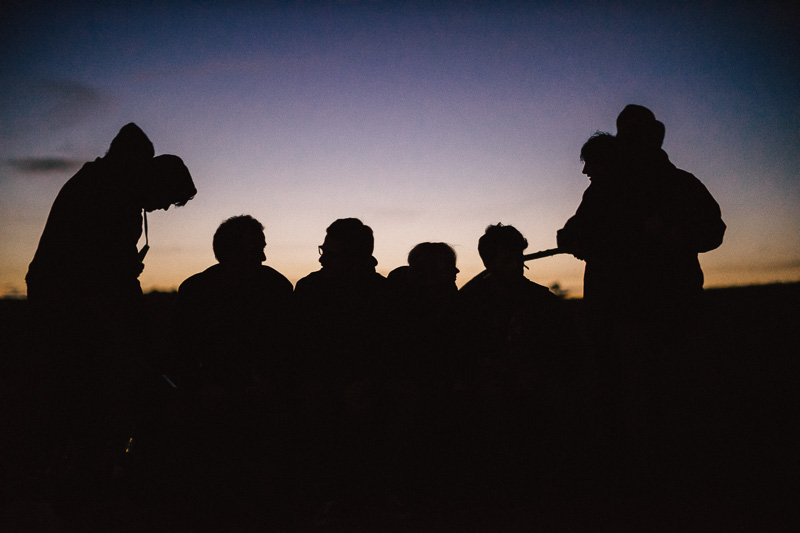
I don’t miss any little helper besides the things my A7 already does and the only thing that a A7II could do for me would be the IBIS. Photography has becomea big part of my life and I hope to lift my hobby up to the next level in the future.
Can you give us a look into your camera bag and tell us a little about your gear?
Camera
- Sony A7
Lenses
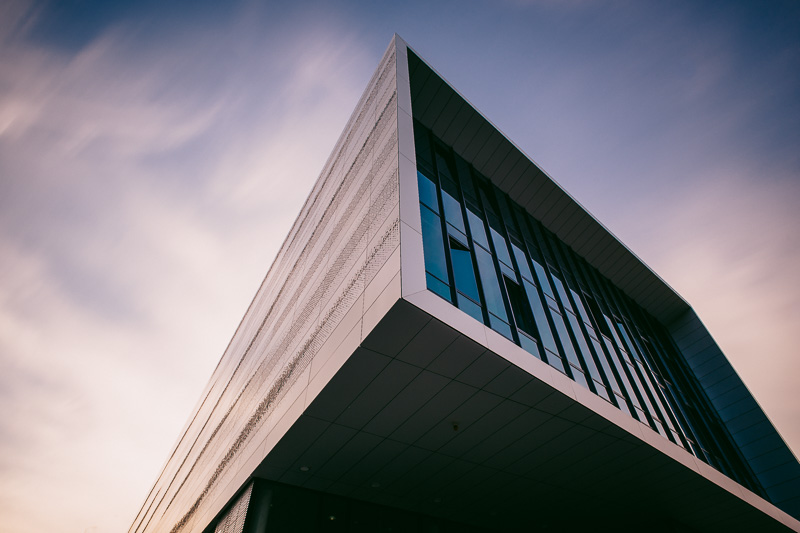
- Canon FD 20 2.8 – This was my first super wideangle lens and I carried it always with me. It’s sharp enough for me at about 5.6 ; the bokeh isn’t the best but I’m okay with it, especially at 2.8. I took most of my longtime exposures with it.
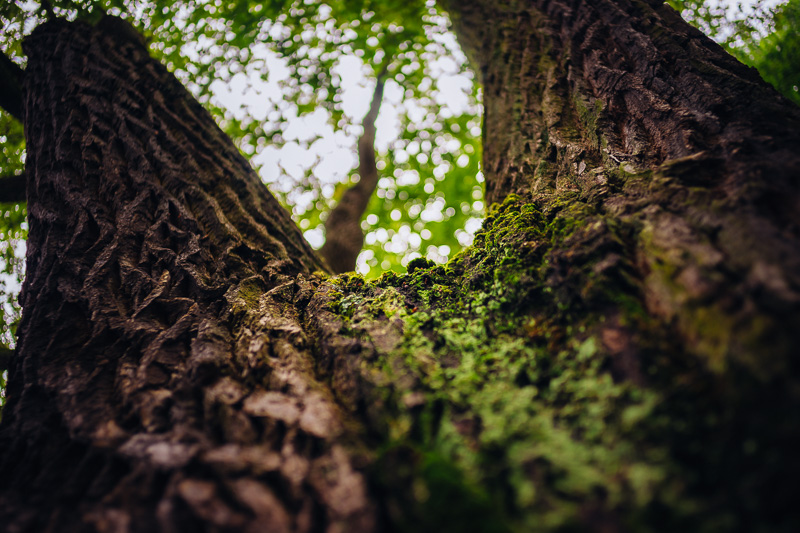
- CV 21 1.8 – The CV is my latest aquisition. And I bought it to have more flexibility in low light situations and to have a better ability to isolate the subject from the background; which creates really surreal photographs with a superwideangle lens. And it’s super compact.
- nFD 24 2.0 – A really rare but not that impressive FD. I carried it only a few times. It’s super soft wide open and the bokeh is harsh. Since I own the CV 21 this one will not find its way in my bag very often.

- FD 35 2.0 SSC II – The latest version of the breech lock 35 2.0 FDs. It’s non radioactive. Sharp wide open, a nice Bokeh and superior handling. Sometimes 2.0 is too slow for me and I look forward to a 1.2 or even 0.95.
- FD 50 3.5 macro – The standard macro of the FD series. I use it for product photography. It does a good job. I’d really like to have a native 1:1 macro since this one does only 1:2. At work I take photographs of nano structures with it.

Mitakon 50 0.95, f0.95 Model: Basti - Mitakon Speedmaster 50 0.95 – Bought it for a marriage of my cousin and don’t regret it. At 0.95 it won’t reach overall sharpness like a 50 1.2L or an comparable lens. But it’s sharp enough for my concerns. I use it for mid to long distance Portraits while keeping the subject isolated. With a 1.8 everything would be in focus at those distances but a 0.95 can sightly blur the background. For me this creates some calmness and a focusing/plastic look.
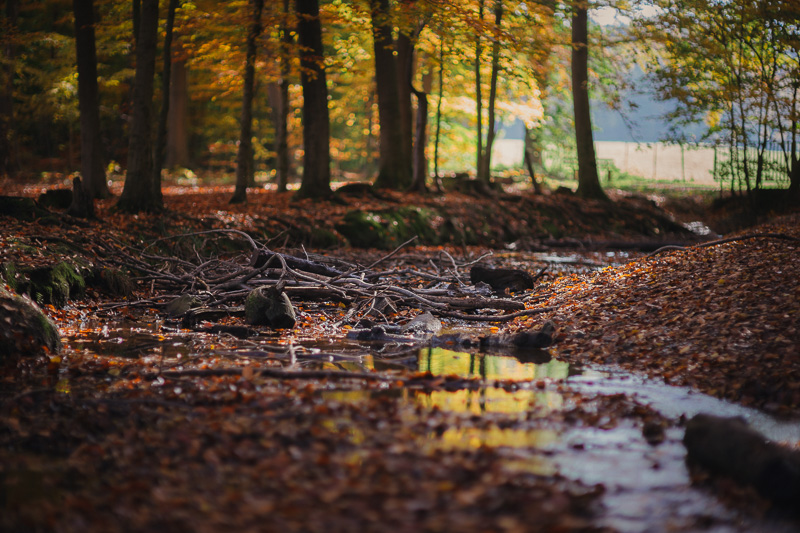
- FD 85 1.2L – I remember when I bought it I was disappointed. Everywhere it was called a ‚legend’. I used it on my 5N. And that’s a good example what a fullframe sensor could change. On my 5N most of the characteristics were cut. The 85L slightly swirls wide open and this can create a real unique look especially for portraits. Furthermore the look at open aperture drastically differs to a crop sensor since the angle of view differs. And now I’d agree with calling it a legend. It’s simply the best lens for portraits I own.
- FD 135 2.8 – My longest lens. In some way it’s a boring lens because it has a flat look and is nearly free of optical issues even wide open. I have to say, that tele lenses are not my favorite focal lengths. I rarely need focal lengths above 85mm.
Accessoires
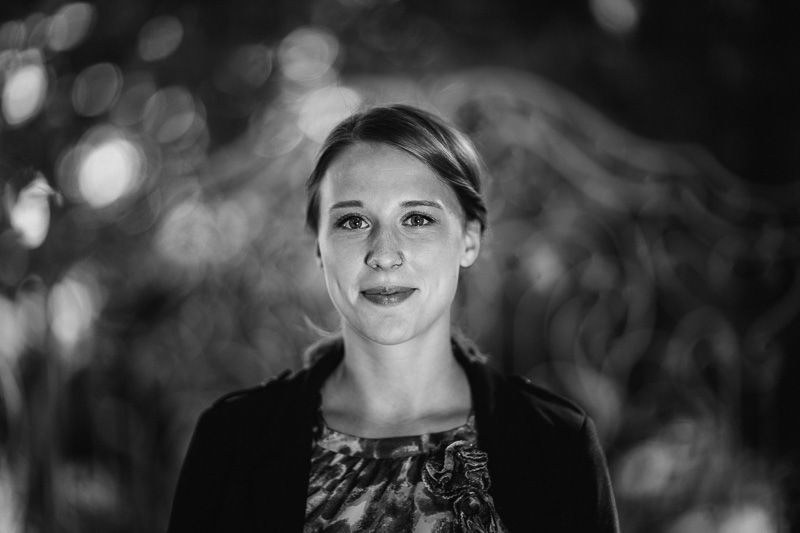
- Reflector – I don’t like flashes. I really like to use the available light to maintain the lightsituation. A simple Reflector is really useful to lighten up faces in the sun. I even use it as background to go if i need one.
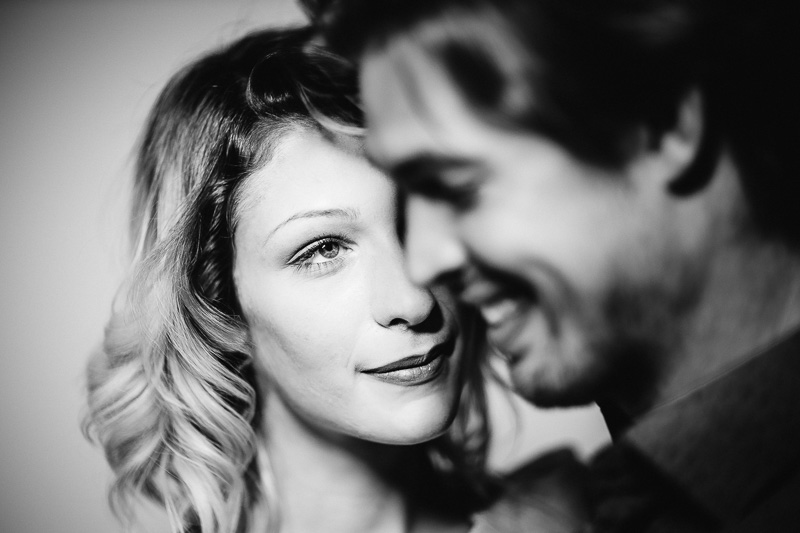
- Yongnuo Y360 (maybe x2 in the future) o If there is too less light I use this light to create accents. You can set the temperature and even mix RGB colors. And I stay mobile with it. If I need to control the light I’d always prefer lights, since they follow: ‚What you see is what you get’

- Velbon ultra rexi l with Sirui G-10X o Lightweight, stable and handy. Maybe I’ll swap it for an even lighter carbon tripod in the future to carry less weight with me.
- Tasmanian Tiger 2 in 1 pack for roaming and shootings o 45l + 15l Capacity and the ability to attach a lot of gear to the M.O.L.L.E system. I can individualize the bag for every situation and carry it a whole day.
- Incase Field bag for everyday shooting – My everyday bag. Camera + 3 Lenses and packed for action in a flash. I try to carry max 3 lenses with me most of the time. Planned shootings or vacations are an exception here. My most used setup is 21mm, 35mm, 50mm. When it comes to Portrait shoots I carry the 85 instead of the 50mm or the 35mm.
Do you have a favorite subject matter?
D: That’s a question similar to: which music genre do you like the most? I can not answer those questions. I like to capture peoples’ emotions as I like to catch moments in nature or the city. Nevertheless there are indeed some aspects of photography I’m more used to than others.
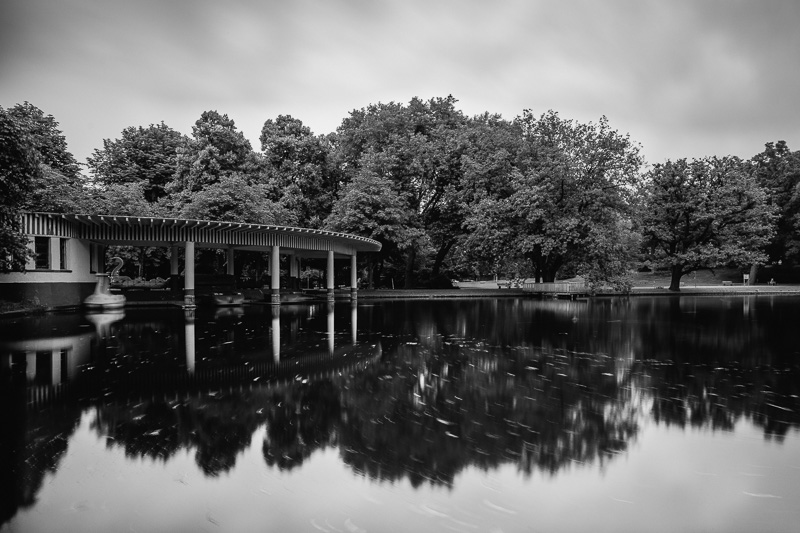
I take a lot of longtime exposures to expand the ability of a photograph keeping a moment. Spontaneous portraits and people have inspired me since I got started with photography. Therefore I’m doing some TfP shootings for half a year now and I’m learning from shooting to shooting and get to know lovely people. So if you nail me down to answer the question in one word it would be: emotion. And emotion is what I see in a specific situation or peoples’ faces. And I try to transport a feeling by capturing a scene. I won’t say all of my photographs were created this way but my best ones definitely are.
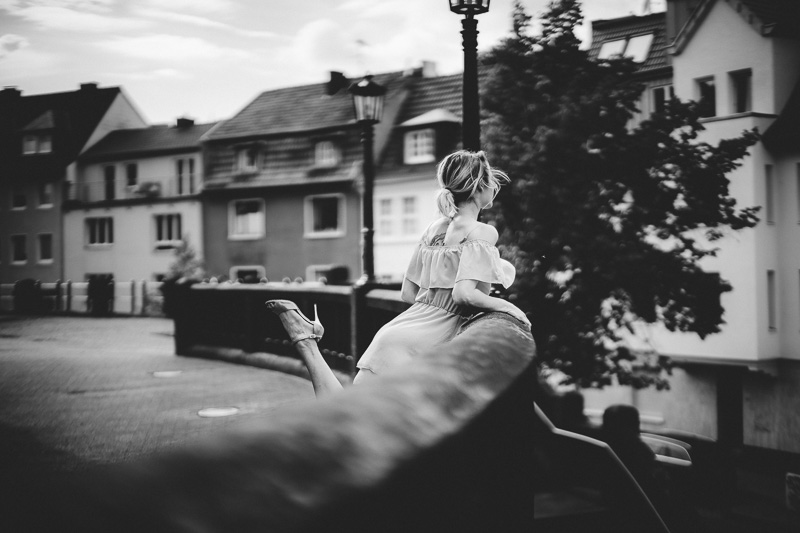
Is there a photographer which has inspired you?
D: My inspiration are the people around me. Music inspires me to take photographs. There is so much inspiration. I’m always careful letting images inspiring mine. I want my own work. I’d rather say there are some photographers I really admire.
I love the work of Helmut Newton, the balance between nude and tough women is something I really admire him for. Then I’d mention Laura Kok, a creative and free mind transporting real warmth through her photographs. And Laura Zalenga, disctracting, somewhat disturbing, melancholic art you can get lost in.
Are there certain characteristics that you look for in a lens?
D: I think most would answer: Sharpness and micro contrast. For me those aspects are important but not that important. For me the fastest aperture and the performance wide open are most important. I like to play with sharpness layers, especially at <50mm and I like to take photographs in any light situations. My second priority lays on the bokeh but if I take a look at my 85L it’s not that important, the bokeh has onion rings and swirls and is therefore far away from perfection.
Sometimes those little imperfections are what you call characteristics and make a photograph unique. Nevertheless I require lenses with a minimum sharpness and contrast wide open. ‚Character’ lenses such as a Trioplan 100mm may have their own performance but those don’t work for me. I need at least some flare resistance, good center sharpness and acceptable contrast. That’s a really subjective statement, I hope my photographs do a better job of explaining what I mean.
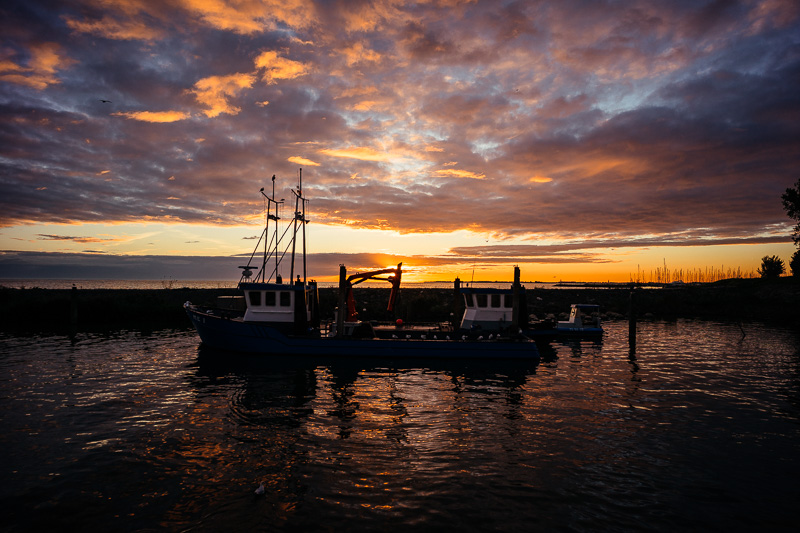
Do you have a fovourite Lens at the moment?
D: Since the CV 21 is my newest lens, I’d say it’s my favourite at the moment. But I have to get used to it, so I take it always with me to get to know it and it’s behavior. The ability to knock out the background at 21mm is a powerful tool for me. Because of the heavy image field curvature wide open you can even increase this effect if you focus subjects at the midframe. Anyway I think 21mm is not the most universal focal length. Therefore I’d assume my Mitakon 50 0.95 will be my favorite soon again.

What do you think is the best picture you have taken so far and why?
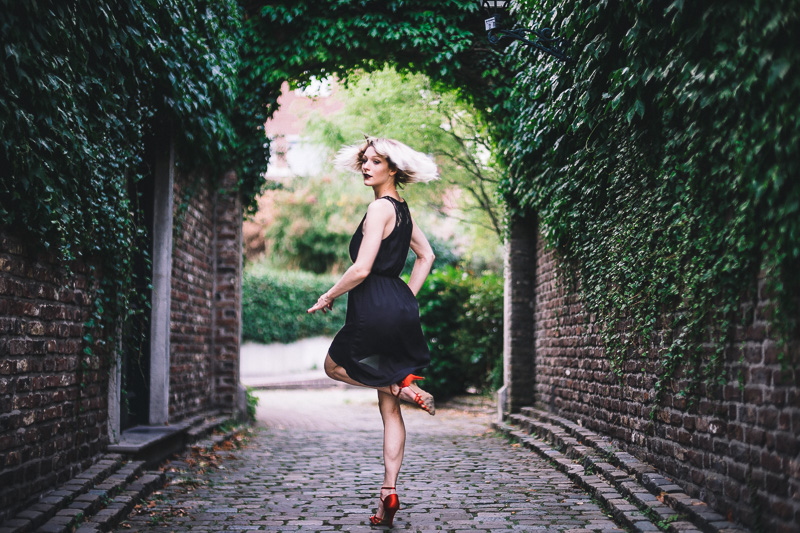
D: Yes I do have a favorite. It’s pretty difficult to explain why you like your own work. But I’ll try, it’s easier because it’s not only mine, I’d really like to thank Leonie Bellé! It was a perfect shooting day, a symbiosis between model and photographer. I really love the frozen motion and her attitude on this one. I love the place where we shot, it’s a green archway in the middle of the city, you won’t expect it there. As you won’t expect a dancing model. I’m sure we will shoot again soon. There are a lot of ideas.
Can you suggest a lens we should review?
D: Phew. You do a great job here and most of my dears already got tested. A CV 35 1.7 vs CV 35 1.2 would be nice.
Where can people see more of your images?
D: Two years ago I started my on website: www.noland.photos. Every visitor is welcome!
Previous articles of the manual photographers series
- The Manual Photographers Series Part 0.3: Jannik Peters
- The Manual Photographers Series Part 0.2: BastianK
- The Manual Photographers Series Part 0.1: Phillip Reeve
Latest posts by Phillip Reeve (see all)
- Review: Samyang AF 75/1.8 FE - April 12, 2021
- The FE-List now has 113 lenses on it - March 25, 2021
- 2020 – Year’s end review - December 28, 2020
CV 35 1.7 vs 1.2 is a great suggestion! Maybe alao throw the zm 1.4 and loxia into the mix
The manufacturers are not as generous as you might think when it comes to review samples 🙂
Tell voigtlander i purchased the 50 f1.5 and 28 f2 based on reviews from this site. Thanks for the excellent work as always.
Would it be possible to get you guys a $2k bedget that you can buy and sell used lenses and review them along the way?
Hi Phillip,
Could you give me some suggest for choose between vm 21mm f1.8 vs Loxia 21mm f2.8, which is the better one? I love Loxia 21 because I read the review about it by Jannik. But it seems the vm 21 also very good, cheaper and larger aperture.
Best regards.
You need to stop down the CV 21mm 1.8 a lot to get even near the corner sharpness the Loxia 21 has already at f/2.8, as the CV has huge problems with field curvature on the A7 sensors (see my Ultron 28mm 2.0 review for further reference).
Because of the non removable hood you will also have a hard time mounting square filters on the CV.
Without a close focus adapter (decent ones are 300$) the CV’s minimum focus distance is only 50 cm.
Hi Bastian,
Thanks for reply! It’s really helpful to me!
The Field Curvature is a real killer! I can’t compare it one vs one, but what i saw from the loxia seems more ‘perfect’ to me. It’s well corrected. The CV has its own will in some situations. Nevertheless as you said: its much cheaper, more compact and has a larger aperture. I thought about buying a loxia but that being said i decided for the CV.
Best regards,
Dan
P.S.: Shot some stars with the CV wideopen and was suprised it had just a bit to non visible coma.
Having seen these shots from Ron Scheffler I have a hard time believing there is just a bit to no coma with the CV21 1.8:
https://docs.google.com/file/d/0B555pEB4YB7tNWxfdFJsVGRnbk0/edit
Maybe it’s because I came from a FD 20 2.8 … and astrophotographs made with this one are pretty much unusable because of insane coma.
CV wideopen:
http://www.noland.photos/wp-content/uploads/2016/10/DSC05422.jpg
P.P.S.: The non removable hood is an issue. A ND 3.0 filter fits for me in the most situations, so i have no need for a filter holder. I’d assume, that with the ability to capture higher dynamics with more modern sensors the need for graduated NDs will go down. I Have no problems concerning to much dynamic even with my A7 but I can understand if you want to use a GND filter. So yes if you want to: dont buy it! Or you have to 3D print your own holder 😉
I think all of the CVs for M or E suffering from a bad min. focus distance. That’s an inherent issue. You could buy an helicoid adapter, with all its disadvantages; that’s for sure. And yes sometimes I’d wish i could turn the ring a just a few more degrees 😉
I have never use any lens wider than 28mm before. Now I use Sony A7ii with 55/1.8 and Ricoh GR. I want to buy one 21mm lens for landscape shot on weekend or holiday trip. I’m not a professional photographer, GND is too complex for me, so the non removable hood is not a big problem for me. About the field curvature maybe it can be fixed use lightroom CC. I think the main problem for me is coma, min focus distance and corner sharpness. To me maybe Loxia is a better choose for my first wide angle lens.
Finally thanks for all your people who work in phillipreeve.net. This blog is really helpful to me.
Best regards
Thistl
Hi Dan,
It was great to read your interview.
Some questions I have for you are:
What is your technique when focusing manually with the a7 series cameras?
Do you use focus-peaking? Phillip’s sharpened EVF shimmering effect? Or simply zooming in and focusing before every shot?
Does your technique change when shooting weddings or fast moving kids?
Thanks and I look forward to your response!
-Raymond
this is what I want to ask 🙂
Hi Raymond!
Yes I use the corner detection of my A7. This feature is most useful at open apertures, and longer focal lengths (>35mm). In some situations I have the time to use the focus zoom. When I don’t have this time – kids, weddings, Band, … – I have to rely on my hands. And doing it a lot improves my ability to focus even at 50 0.95.
Best regards,
Dan
How do you guys decide who you want to interview for this section?
We have been doing this for quite some time so we know a bunch of talented people who like to use manual lenses. We haven’t established a protocol for whom to contact first yet ;).
And I really feel honored! Thanks for the interview 🙂